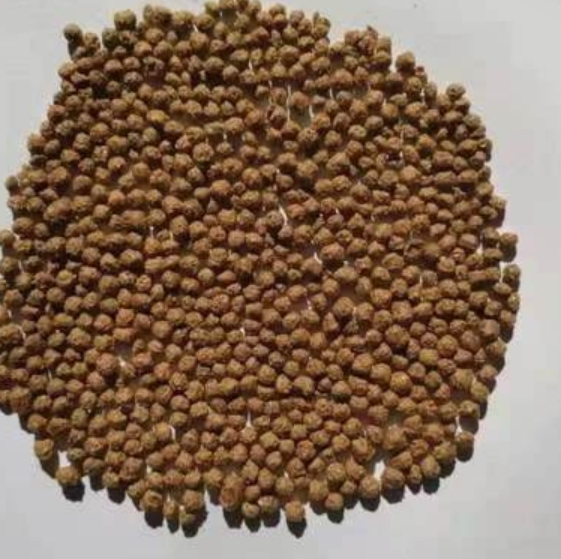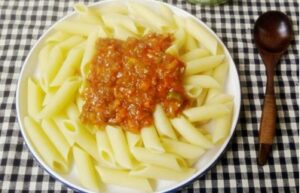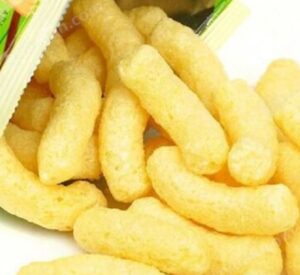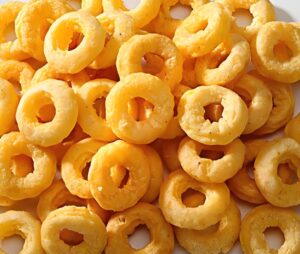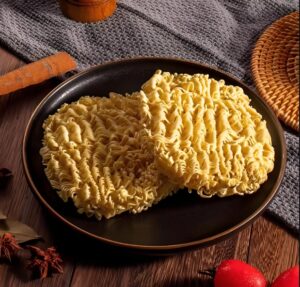<h1>The Comprehensive Guide to Fish Feed Production Process</h1>Introduction
Fish feed plays a crucial role in the global aquaculture industry, supporting the growth of fish farms and ensuring sustainable seafood production. As demand for fish products rises, understanding the fish feed production process becomes essential for manufacturers, exporters, and aquaculture businesses.
fish feed making machine
ToggleThis article explores the key stages, ingredients, and best practices involved in producing high-quality fish feed. Whether you’re in the B2B trade sector or involved in foreign export, this guide provides valuable insights to optimize operations and meet international standards.
Understanding Fish Feed and Its Importance
Fish feed is a formulated mixture designed to meet the nutritional needs of various fish species, promoting healthy growth and efficient farming. It typically includes proteins, fats, vitamins, and minerals tailored to specific fish like salmon, tilapia, or carp.
In the aquaculture sector, quality fish feed directly impacts yield, disease resistance, and environmental sustainability. For B2B traders, knowing the production process helps in sourcing reliable suppliers and negotiating better deals in foreign markets.
Globally, the fish feed market is projected to grow due to increasing seafood consumption and advancements in feed technology. This makes it a key area for innovation in foreign trade.
Key Ingredients in Fish Feed
The foundation of any fish feed lies in its ingredients, which must be carefully selected for nutritional value and safety. Common components include fishmeal, soybean meal, grains, oils, and additives.
Fishmeal, derived from wild-caught fish, provides high-quality protein but raises sustainability concerns. Alternatives like plant-based proteins from soy or peas are gaining popularity to reduce environmental impact.
Vitamins and minerals, such as vitamin C and calcium, are added to support fish health. For exporters, sourcing these ingredients from reliable suppliers ensures compliance with international regulations like those from the FDA or EU standards.
Binders and preservatives are also crucial to maintain feed stability during storage and transport, especially in long-distance B2B trade.
Step-by-Step Fish Feed Production Process
Raw Material Selection and Preparation
The process begins with sourcing high-quality raw materials. Manufacturers evaluate factors like freshness, nutritional content, and contamination risks to ensure the final product meets safety standards.
Preparation involves cleaning, grinding, and sieving ingredients to achieve uniform particle sizes. This step is vital for efficient mixing and enhances the feed’s digestibility for fish.
In B2B contexts, suppliers often use advanced testing to verify material quality, helping exporters avoid issues in international shipments.
Mixing and Blending
Once prepared, ingredients are mixed in precise ratios using industrial mixers. This stage ensures a balanced nutritional profile, with computer-controlled systems maintaining accuracy.
Blending incorporates liquids like oils and water to create a homogeneous mixture. For foreign trade, consistent blending reduces waste and improves product appeal to global buyers.
Modern facilities employ automated processes to minimize human error, which is essential for scaling production and meeting large B2B orders.
Extrusion and Pelleting
Extrusion is a key technique where the mixture is heated and forced through a die to form pellets or flakes. This process improves digestibility and reduces anti-nutritional factors in ingredients.
Pelleting shapes the feed into easy-to-handle forms, such as sinking or floating pellets, based on the target fish species. In export markets, pelleted feed is preferred for its convenience and reduced water pollution.
Advanced extrusion machines allow for customization, enabling manufacturers to produce feeds for specific aquaculture needs, enhancing competitiveness in B2B trade.
Drying and Cooling
After pelleting, the feed undergoes drying to remove excess moisture, preventing mold and extending shelf life. Industrial dryers maintain optimal temperatures to preserve nutrients.
Cooling follows to stabilize the product and prepare it for packaging. This step is critical in humid climates or for long-term storage during international shipping.
For B2B exporters, effective drying and cooling processes ensure the feed arrives in prime condition, reducing claims and building trust with buyers.
Packaging and Storage
Packaging involves sealing the feed in moisture-resistant bags or containers to maintain quality during transit. Labels must include nutritional information and expiration dates for compliance.
Proper storage in controlled environments prevents degradation. In foreign trade, using durable packaging materials is key to withstanding long voyages and varying climates.
This final stage prepares the product for global distribution, where B2B sellers can leverage branded packaging to differentiate their offerings in competitive markets.
Quality Assurance and Control in Fish Feed Production
Quality control is non-negotiable in fish feed production to ensure safety and efficacy. Regular testing for contaminants like heavy metals or pathogens is standard practice.
Manufacturers adhere to certifications such as ISO 22000 or GMP to meet international export requirements. This builds credibility in B2B relationships and opens doors to new markets.
Advanced labs use techniques like HPLC for nutrient analysis, allowing producers to fine-tune formulations and respond to customer feedback effectively.
For aquaculture businesses, high-quality feed translates to better fish health and higher yields, making it a worthwhile investment in the supply chain.
Sustainability Considerations in Fish Feed Production
Sustainability is increasingly important in fish feed production, with a focus on reducing the carbon footprint and overfishing. Using alternative proteins like insect meal or algae helps achieve this.
Energy-efficient processes, such as solar-powered drying, minimize environmental impact while cutting costs for exporters. In B2B trade, sustainable practices can command premium prices and attract eco-conscious buyers.
Recycling by-products from feed production, like waste materials for fertilizer, promotes a circular economy. This aligns with global trends toward green aquaculture.
By prioritizing sustainability, manufacturers not only comply with regulations but also enhance their brand reputation in international markets.
Innovations and Future Trends in Fish Feed
The fish feed industry is evolving with innovations like 3D printing for custom feed shapes and AI for optimizing formulations. These technologies improve efficiency and reduce waste.
Probiotics and prebiotics are being added to enhance fish gut health, leading to more resilient aquaculture operations. For B2B traders, these advancements offer new product lines and export opportunities.
Research into lab-grown proteins could revolutionize the sector, providing sustainable alternatives to traditional ingredients. Staying updated on these trends is crucial for competitive edge.
In foreign trade, adopting innovations helps businesses expand into emerging markets and meet the demands of tech-savvy customers.
Frequently Asked Questions
Here are some common questions about fish feed production to address key concerns for industry professionals.
Q1: What are the main challenges in fish feed production?
The primary challenges include sourcing sustainable ingredients and maintaining consistent quality. High costs and regulatory compliance also pose issues for exporters.
Q2: How does fish feed production impact the environment?
It can contribute to overfishing if not managed sustainably, but modern practices focus on eco-friendly alternatives to minimize ecological harm.
Q3: What role does technology play in improving production?
Technology enhances precision in mixing and testing, leading to higher efficiency and better product quality for global trade.
Q4: How can B2B businesses ensure fish feed quality for exports?
By implementing strict quality control measures and obtaining international certifications, businesses can guarantee safe and reliable products.
Q5: What is the future of fish feed in aquaculture?
The future involves more sustainable and innovative feeds, driven by advancements that support global food security and environmental protection.
Conclusion
In summary, the fish feed production process is a vital component of the aquaculture industry, encompassing careful ingredient selection, precise manufacturing steps, and a strong focus on quality and sustainability. By understanding these elements, B2B professionals in foreign trade can optimize their operations, meet market demands, and contribute to a more efficient global supply chain. Embracing innovations and best practices will ensure long-term success in this dynamic sector.

